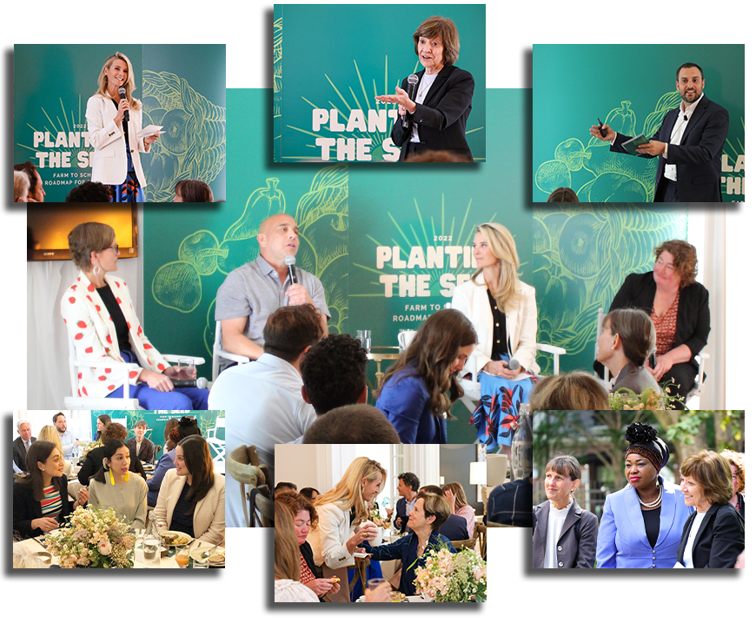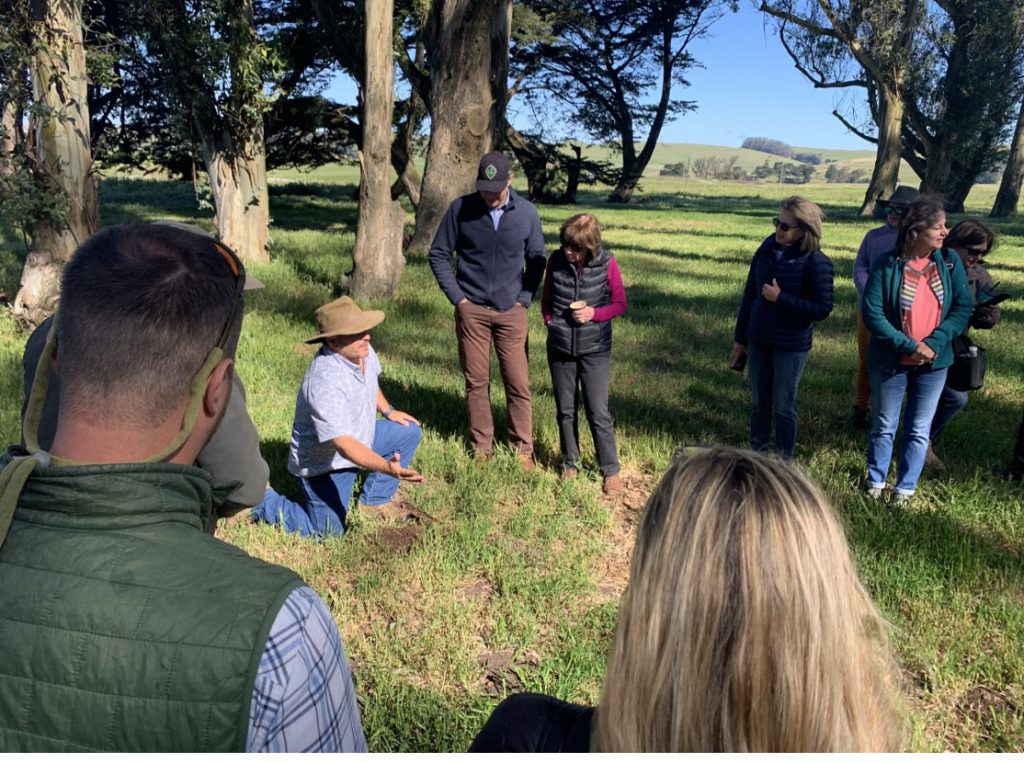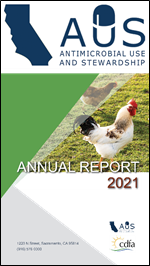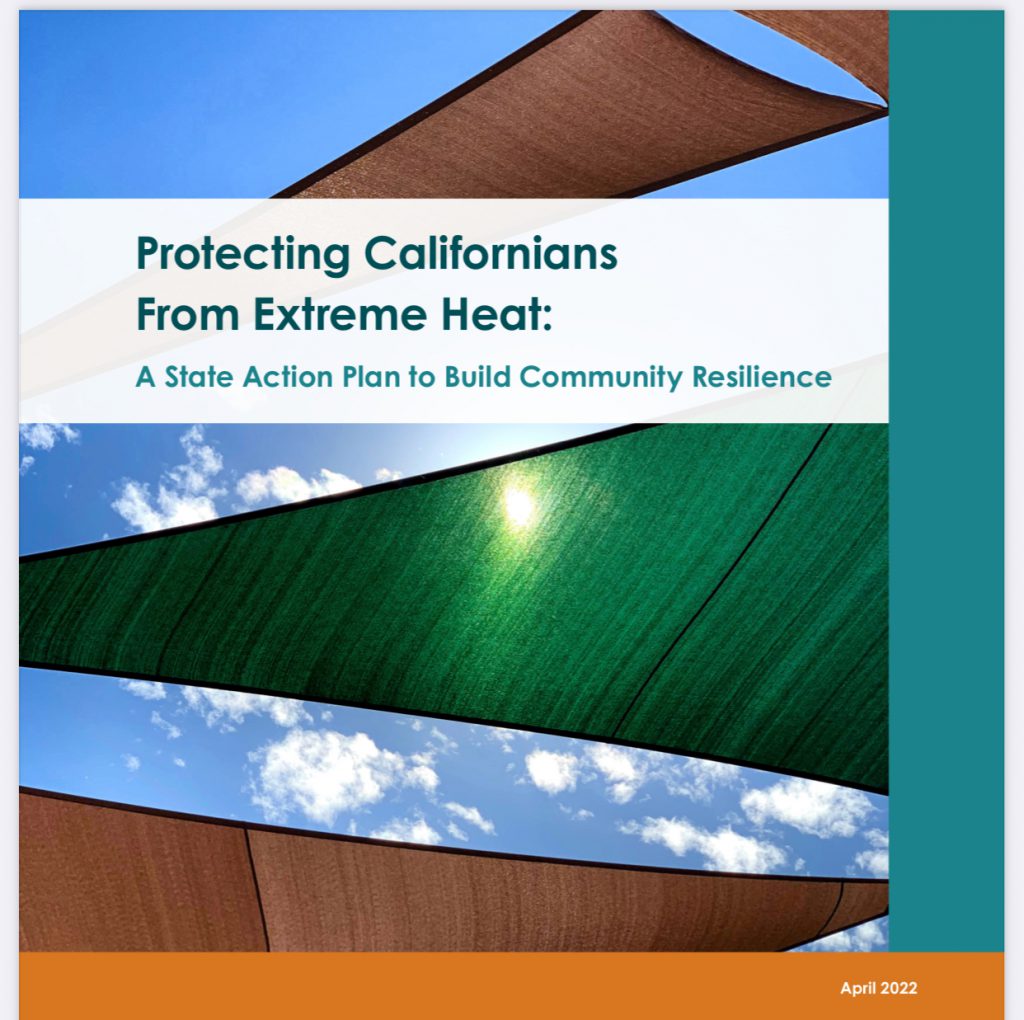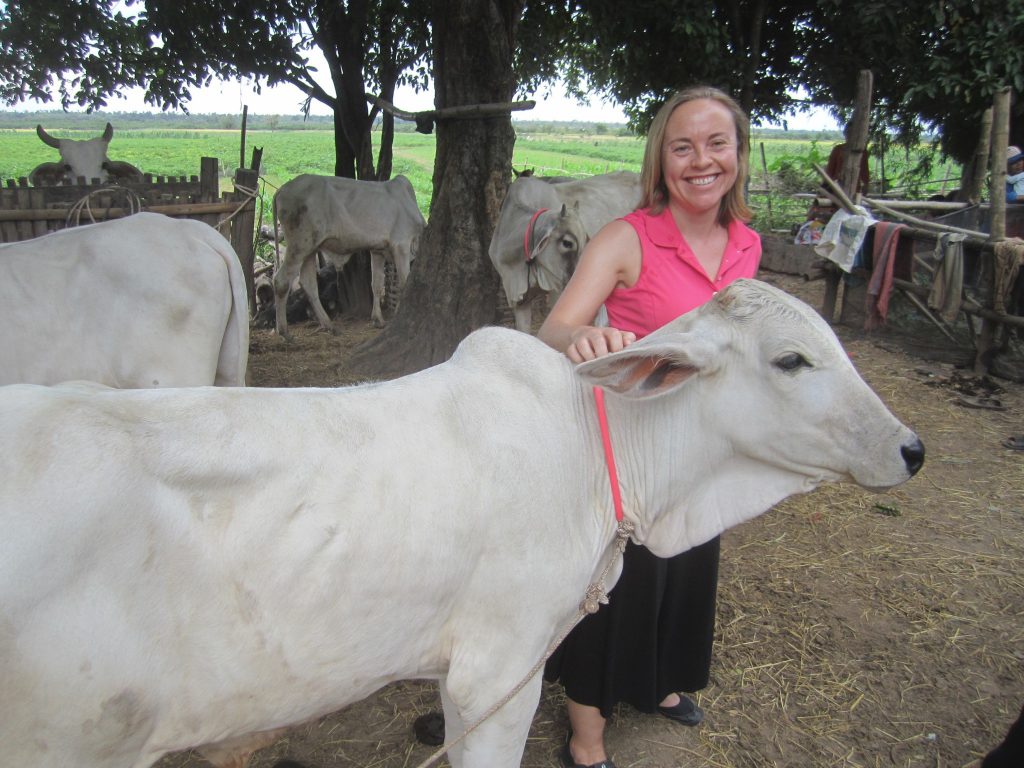From an interview on the PPIC Water Policy Blog
Julie Rentner is president of River Partners, a nonprofit dedicated to bringing life back to California’s rivers and communities. With the state in the grip of an historic drought, and increasingly extreme swings between wet and dry periods, we asked Rentner to tell us more about the benefits of river restoration in a changing climate.
Despite the current drought, we know that floods remain a major concern. How can rivers help with flood management?
Central Valley rivers have always conveyed excess runoff out to the Delta and the bay. The valley was once a gigantic wetland, and we’ve spent the last 150 years draining and channelizing that water, and storing it in reservoirs. But as the climate warms and we see more rain than snow, larger deluges are running off at a faster rate than ever before. Rivers may have to convey up to five times as much floodwater past farms and cities over the next 50 years.
The problem is, larger floods are running through a system that’s constrained by levees. The lower Tuolumne River and the San Joaquin River are some of the most flood-challenged portions of our river systems. State and federal levees were built right up to the river’s edge, which doesn’t give the water much space to spread out. The levees were engineered poorly, and they haven’t been adequately maintained. In the historic 1997 flood, levees broke in 17 places. Most levee systems will face challenges—if not failures—in the next big flood. The water needs a safe conveyance corridor through cities including Modesto, Manteca, Lathrop, and Stockton.
We work with farmers and enterprises to buy marginal, flood-prone farmland in harm’s way. Farmers shift to different properties that are less risky, and we turn those lands into flood-compatible habitat areas throughout the state.
Could you describe some of River Partners’ most successful restoration efforts?
Dos Rios Ranch Preserve near Modesto is our flagship project. It’s California’s largest floodplain restoration project ever. Ten years ago, we bought property from a landowner tired of farming the river bottom. We managed nearly four miles of failing levee, and we worked with the US Army Corps of Engineers, Central Valley Flood Protection Board, and others to breach that levee so that flows could spread out. Dos Rios Ranch sits next to the Three Amigos project, where three neighboring landowners sold their farms after their levees were breached in 1997. The US Department of Agriculture provided funding, and the land was turned over to the California Department of Fish and Wildlife for habitat restoration.
Now, thousands of acres of reconnected floodplains are thriving as wildlife habitat. The whole complex has endured deep flooding many times in the last 20 years, and it’s served as a shock absorber, taking pressure off floodwater further downstream and possibly alleviating levee breaks.
How do rivers fit into the groundwater recharge picture in California?
The way our rivers and floodplains fit into the groundwater scheme is fascinating. Water chemists at Lawrence Livermore National Laboratory have taken water samples from across the San Joaquin Valley and tested isotopes to determine its age—and whether it came from river flow or precipitation. Rivers once provided twice as much groundwater as they do today. That’s not surprising because of the dams built in the last 100 years, but it suggests that rivers could at least double what they put into the ground today. Allowing more water through river corridors and letting it soak in, especially in areas with groundwater deficits, could put water back in the ground through floodplain recharge.
What’s still needed to make this all work better, beyond money?
The thing that drives all of this is investment, so I’m excited that California is investing in multi-benefit water management. But we need to be thinking differently about how we plumb the valley. In the San Joaquin Valley, the drought is increasing interest in collaboration among people who haven’t usually collaborated. There’s been a lot of movement in just the last 12-18 months among managers of major irrigation districts, leaders of environmental justice organizations, and others coming to table to say, “Look, we need to agree on some basic principles on how to move forward with public investment and improve our freshwater systems.” There’s got to be give-and-take on all sides. If we plan it together, we’ll have a better outcome.
What gives you hope?
I’m optimistic that attitudes are changing. I’m hopeful about the public funding. If we don’t get work going on the ground now, we’ll be facing an even more devastating situation during the next drought.
River Partners has this one specific, powerful toolbox: to acquire land, change land use, and restore multi-benefit habitat. There are over $300 million in projects that we know are shovel-ready today. We’ve got willing landowners in priority areas that we know will be helpful to wildlife recovery, groundwater recharge, and flood safety. Local officials support it. The magnitude of change needed is huge. Can we all grow to meet that challenge? I’m hopeful we can.
Link to interview on the PPIC website.
